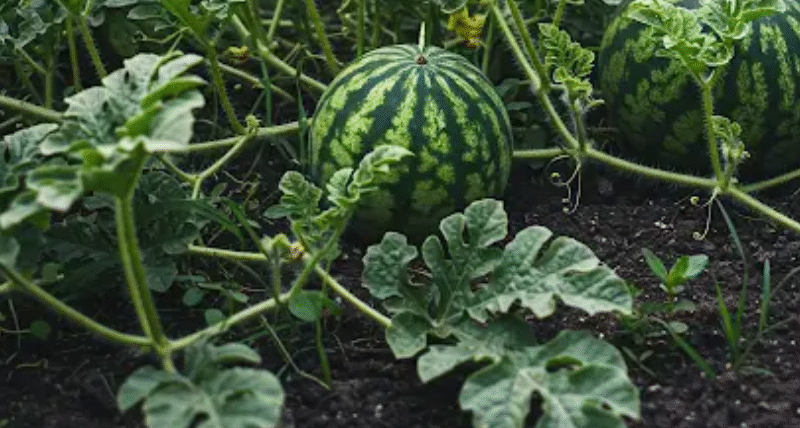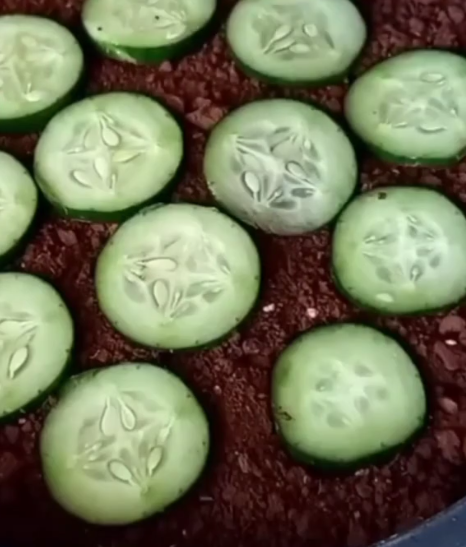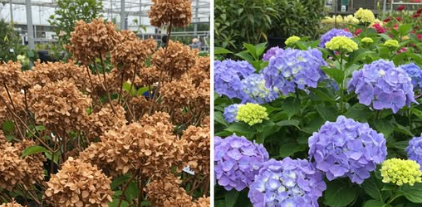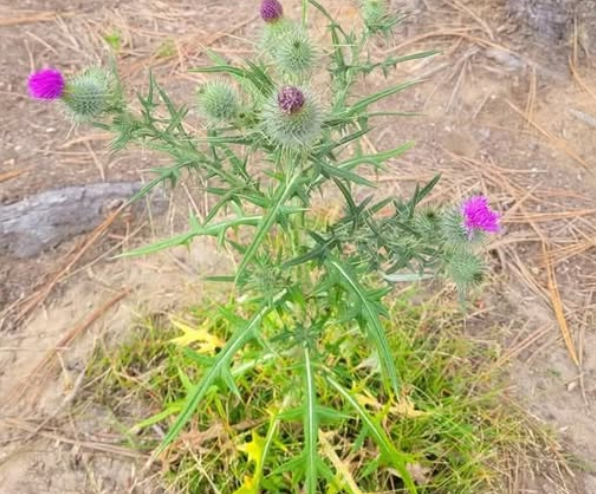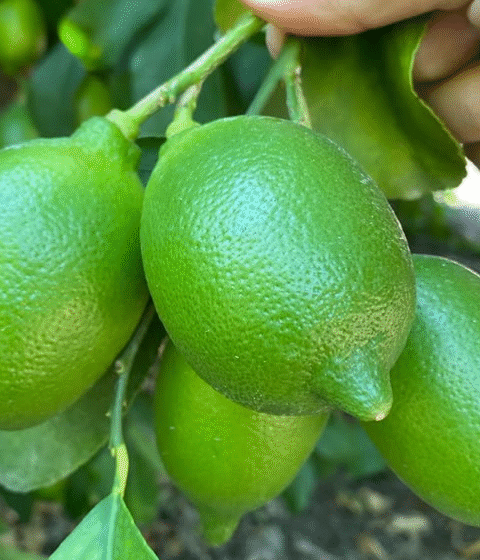How to Grow Big, Sweet Watermelons in a Bag of Soil
Watermelons (Citrullus lanatus) are a summertime staple, loved worldwide for their sweet, refreshing flavor and hydrating properties. While most people think of watermelon fields stretching across sunny landscapes, you don’t actually need a large garden to grow them. By using a simple bag of soil, you can cultivate large, juicy melons even in the smallest spaces—patios, balconies, and compact backyards. 🍉
Why Grow Watermelons in a Bag of Soil?
Space Efficiency
Growing in soil bags eliminates the need for sprawling garden beds. The compact setup works perfectly for urban gardeners or anyone short on space.
Improved Soil Quality
Soil bags allow you to customize the growing medium, ensuring the watermelon plants receive exactly the nutrients they need for healthy growth and sweet fruit.
Reduced Weeding
The confined space minimizes weed growth, meaning less competition for nutrients and water.
Enhanced Drainage
Watermelon roots hate soggy soil. Soil bags have excellent drainage, which reduces the risk of root rot.
Better Pest Control
Elevating the growing area makes it harder for soil-borne pests and diseases to attack the plants.
Materials Needed
- One large, durable soil bag (at least 40 liters)
- High-quality potting mix enriched with compost
- Watermelon seeds or seedlings
- Slow-release organic fertilizer
- Mulch (straw or dried leaves)
- Watering can or hose with gentle spray
- Optional: trellis or support netting
Step-by-Step Guide to Growing Watermelons in a Bag of Soil
Step 1: Prepare the Soil Bag
Choose a heavy-duty soil bag and make small drainage holes at the bottom. Cut a large opening on the top where you will plant the watermelon seedlings.
Step 2: Fill with Nutrient-Rich Soil
Use a mix of potting soil, compost, and a little sand for drainage. Add slow-release organic fertilizer according to package directions.
Step 3: Plant the Seeds or Seedlings
If planting seeds, sow 2–3 seeds in the center of the bag about 1 inch deep. For seedlings, plant one healthy seedling in the middle. Water gently after planting.
Step 4: Provide Sunlight and Warmth
Place the soil bag in a sunny location where it gets at least 6–8 hours of direct sunlight daily. Watermelons love heat, so warmer spots will speed up growth.
Step 5: Watering and Feeding
Water deeply but infrequently to encourage strong root growth. Avoid wetting the leaves to reduce the risk of fungal diseases. Feed every 2–3 weeks with a liquid organic fertilizer high in potassium for sweet fruit.
Step 6: Mulching
Apply a thin layer of straw or dried leaves around the base to conserve moisture and regulate soil temperature.
Step 7: Supporting the Vines
If space is tight, guide the vines onto a trellis or support netting. This keeps fruit off the ground and reduces the risk of rot.
Step 8: Pollination
Watermelons need pollination to set fruit. If natural pollinators are scarce, hand-pollinate by transferring pollen from male to female flowers using a soft brush.
Step 9: Harvesting
Watermelons are ready to harvest when the tendril nearest the fruit turns brown and dry, and the underside of the fruit turns a creamy yellow.
Expert Insights
Dr. Leila Nour, Agricultural Scientist: “Growing watermelons in bags offers better soil management and can result in sweeter, more consistent fruit quality.”
Prof. Mark Benson, Horticulture Specialist: “Bag cultivation is excellent for pest prevention and is especially beneficial in regions with poor native soil.”
Nutritional and Health Benefits of Watermelon
| Nutrient | Amount (per 100g) | Health Benefits |
|---|---|---|
| Vitamin C | 8.1 mg | Boosts immune function |
| Vitamin A | 569 IU | Supports vision and skin health |
| Lycopene | 4.5 mg | Powerful antioxidant, supports heart health ❤️ |
| Potassium | 112 mg | Maintains fluid balance and muscle function |
| Water Content | 92% | Keeps you hydrated |
Top 10 FAQs About Growing Watermelons in Soil Bags
- Can I grow watermelons in a bag indoors? Yes, but they need strong light, ideally from grow lights or a sunny window.
- How many melons per bag? Usually 1–2 large fruits per plant.
- Do I need to rotate the bag? No, but make sure all sides get sunlight.
- What size bag is best? At least 40 liters, larger is better.
- Should I prune the vines? Light pruning can help direct energy to fewer, larger fruits.
- How often should I water? Deeply 1–2 times a week, more in hot weather.
- Can I reuse the soil bag? Yes, but refresh the soil and compost for the next season.
- Do watermelons need lots of fertilizer? They need consistent feeding, especially potassium during fruiting.
- Will the bag overheat in summer? Mulching and partial shading during peak heat can prevent overheating.
- When is the best planting time? Late spring to early summer when soil temperatures are warm.
By using this bag-growing method, you can enjoy big, sweet, and juicy watermelons no matter how small your gardening space is. 🌞🍉
